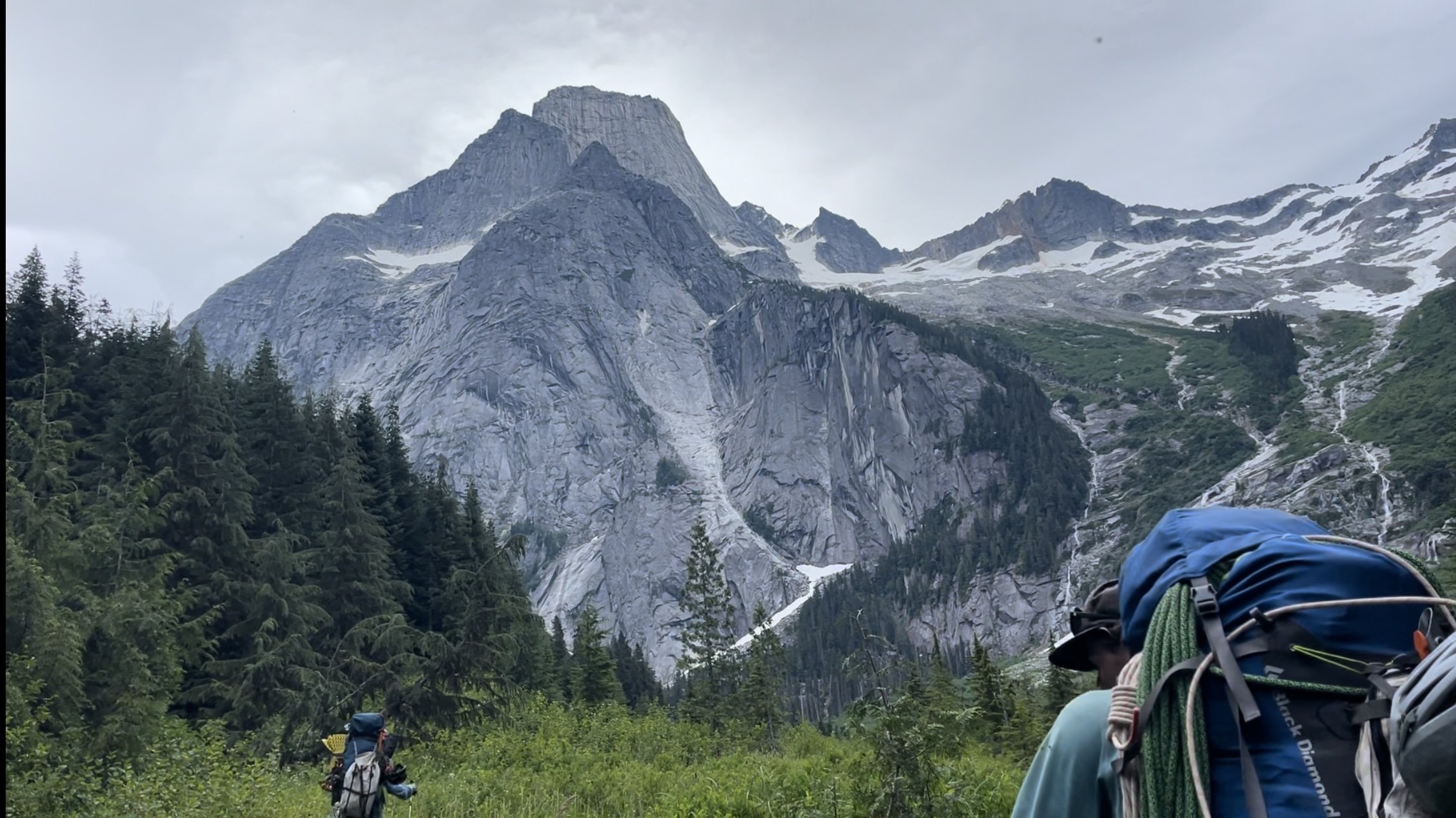The Prescription - January 2021
ANCHOR FAILURES IN THE MOUNTAINS
North Cascades National Park, Mt. Shuksan, Sulphide Glacier Route
On July 19, 2020, a party of three climbers was descending Mt. Shuksan after summiting via the Sulphide Glacier route. The party was rappelling the standard descent route on Shuksan’s summit pyramid. They reached a flat ledge and found an existing anchor consisting of a single loop of red webbing around a rock horn. After pulling the rope from the previous rappel, one of the climbers, a 28-year-old female, began to rig the second-to-last rappel of their descent. She threaded the rope through the anchor, rigged her rappel device, and began to weight the anchor. At this time, the rock horn failed, and the climber fell about 100 feet. The other climbers were not attached to the anchor when the failure occurred. The climber came to rest in 3rd- and 4th-class terrain, suffering an unspecified lower leg injury.
The party activated an inReach device to request a rescue, and the remaining two climbers were able to downclimb to the fallen climber’s position and provide basic medical care. At 5:30 p.m., National Park Service rangers arrived on scene via helicopter, and a short-haul operation was performed to extract the injured climber. The rest of the party was able to safely exit the mountain on their own.
ANALYSIS
In an interview with the party, the climber stated they were in a hurry due to the lateness of the day and they were tired from attempting a car-to-car climb of this long route (6,400 feet of elevation gain). The climber stated that at this rappel station they did not assess the integrity of the anchor, as they had been doing previously. This decision was influenced by time, fatigue, and the assumption the anchor would be strong, like the other anchors they had just used for rappelling.
When rappelling, it is imperative to assess the integrity of every anchor before weighting it. Inspect the entire anchor material, especially the less visible back side of the anchor, to be sure it is not chewed, weathered, or otherwise damaged. It is not uncommon to encounter structurally unsound rock in the North Cascades; if possible, test all anchors with a belay or backup before rappelling, and back up the anchor until the last person in the party descends.
It is possible the horn that failed was not one of the standard descent anchors on Shuksan’s summit pyramid. During multi-rappel descents, it is not uncommon to rappel past the standard anchor or to spot an anchor from above and head toward it, thereby missing the optimum anchor. When the descent route is the same as your climbing route, try to note and remember the position of the standard rappel anchors as you climb. (Source: North Cascades National Park Mountaineering Rangers.)
A very similar rappelling accident on Mt. Shuksan’s summit period was reported in the 1992 edition of ANAC.
RAPPEL ANCHOR FAILURES: A COMMON THEME IN ANAC 2020
The 2020 edition of Accidents in North American Climbing reported an unusually high number of rappel anchor failures: six in all! Half of these resulted in fatalities.









